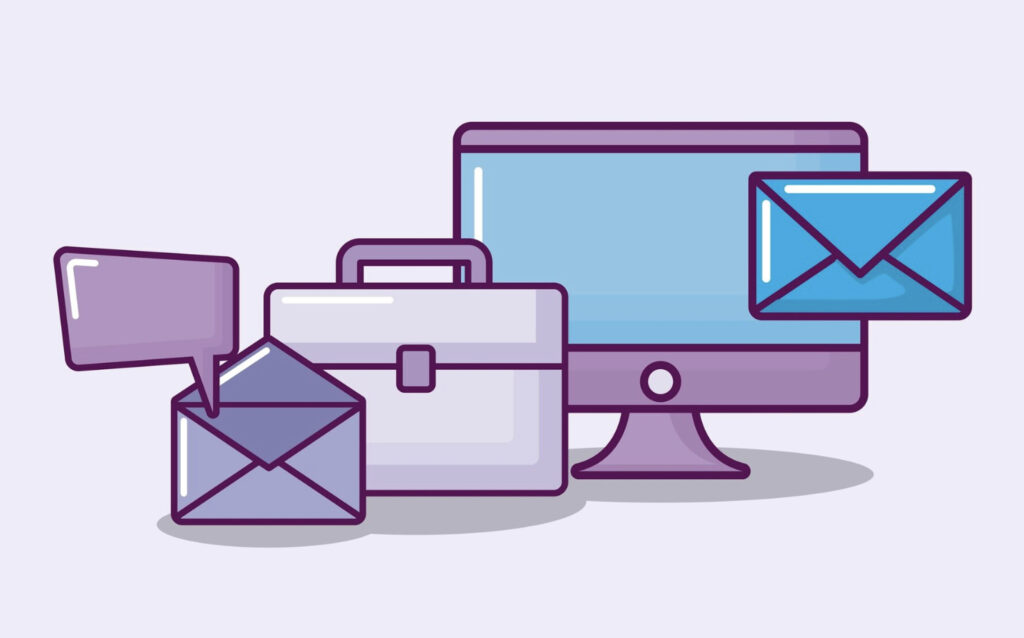Crafting the perfect email subject line is both an art and a science. It’s your email’s first impression and can significantly influence its open rate. In this guide, we’ll explore the secrets to writing compelling email subject lines that catch the eye and drive engagement.
The Importance of Email Subject Lines
Email subject lines are critical because they’re the first thing recipients see. A well-crafted subject line can entice readers to open the email, while a poorly written one might send it straight to the trash. Your subject line sets the tone and expectation for what’s inside, making it a crucial element of your email marketing strategy.
Impact on Open Rates
Your subject line’s effectiveness directly influences the open rate of your emails. Studies show that personalized and relevant subject lines can increase open rates by up to 50%. This means that spending time to perfect your subject line isn’t just beneficial; it’s necessary for the success of your campaign.
Characteristics of Compelling Email Subject Lines
An effective email subject line is both brief and precise. Aim for 50 characters or fewer to ensure it displays well on mobile devices. Clarity is key; your readers should immediately understand the email. Avoid ambiguous or overly complex language that might confuse your audience.
Personalization
Personalizing your subject lines can make your emails feel more relevant and engaging. Use the recipient’s name or reference past interactions to create a sense of connection. Personalization can increase open rates and foster a stronger relationship with your audience.
Use of Power Words
Power words evoke emotions and prompt action. Words like “exclusive,” “limited time,” or “urgent” can create a sense of urgency and entice recipients to open your email. However, use them sparingly to avoid coming off as spammy.
Common Mistakes to Avoid
Being Too Vague
Vague subject lines fail to provide an apparent reason for recipients to open the email. Be specific about the content and value of your email to pique interest. Instead of “Great News Inside,” try “Exclusive Offer: 20% Off Your Next Purchase.”
Overuse of Capital Letters
Using all capital letters can make your subject line look like spam. It can also be perceived as shouting, which might turn off your audience. Reserve capital letters to emphasize a single word or phrase rather than the entire subject line.
Clickbait Tactics
Clickbait subject lines may generate initial interest but can harm your reputation if the email content doesn’t deliver on its promise. To build trust with your audience, ensure your subject line accurately reflects the email’s content.
Best Practices for Crafting Subject Lines
Testing and Optimization
A/B testing is a powerful tool for optimizing your subject lines. Test different variations to see what resonates best with your audience. Use metrics like open and click-through rates to gauge effectiveness and refine your approach.
Segmenting Your Audience
Segmenting your email list allows you to tailor subject lines to specific groups. Different segments may respond better to different styles, so customize your approach based on demographics, past behavior, and preferences.
Leveraging Data and Analytics
Utilize data and analytics to inform your subject line strategy. Analyze past campaigns to identify trends and insights. Tools like heat maps and engagement reports can provide valuable feedback to fine-tune your subject lines.
Conclusion
Creating attention-grabbing email subject lines is essential for the success of your email marketing campaigns. Understanding the importance of subject lines, avoiding common pitfalls, and following best practices can significantly improve your open rates and overall engagement. Experiment with different strategies, analyze your results, and continually refine your approach to achieve the best outcomes.


